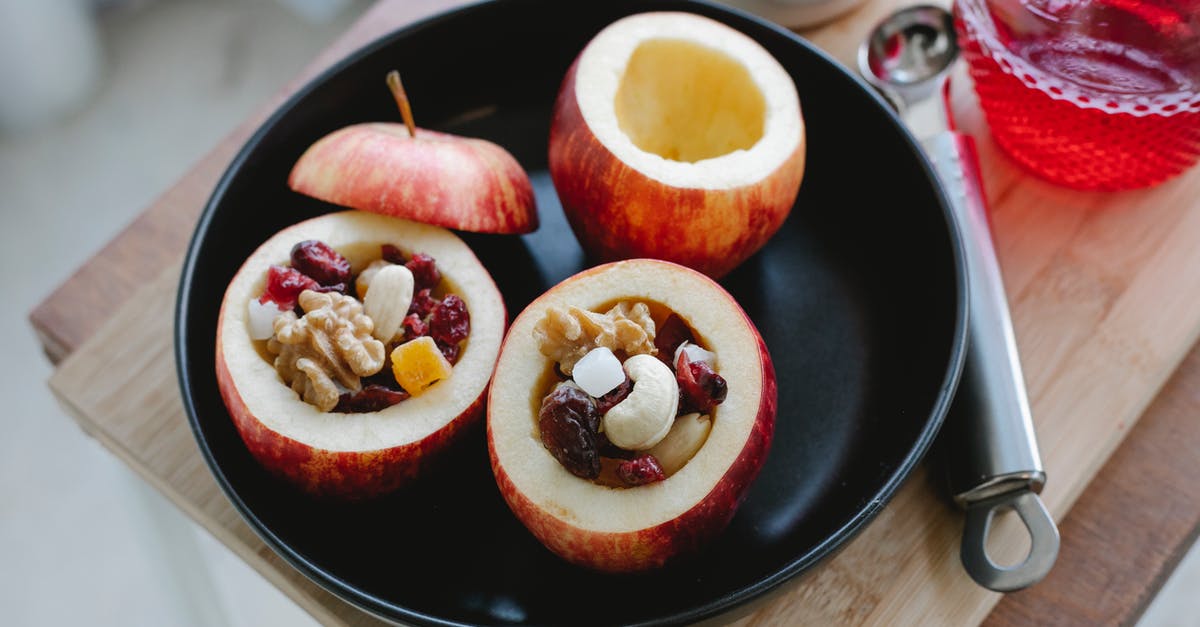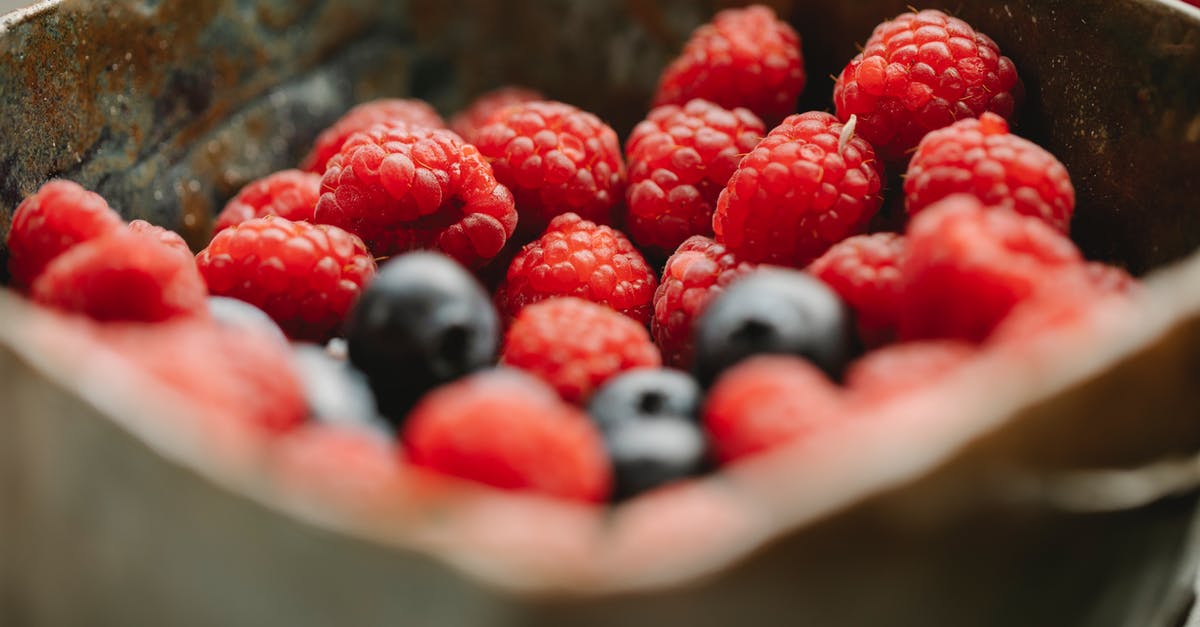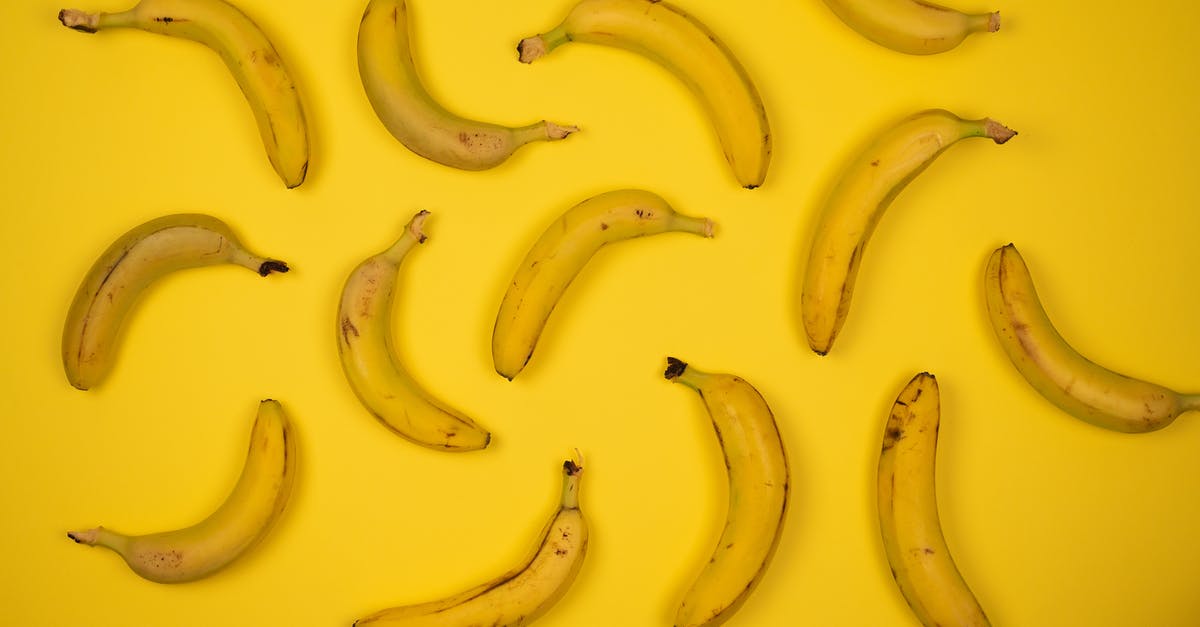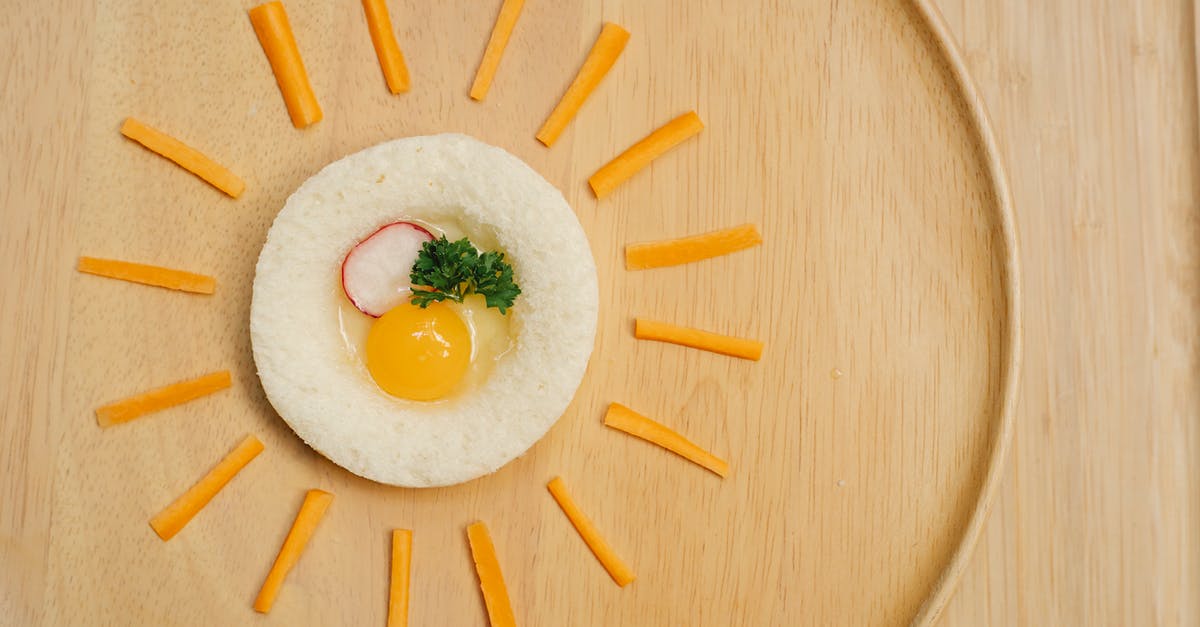Is there an easy, at-home method to separate the protein from sweet whey powder?

Sweet whey powder (henceforth "SWP") is a byproduct of making cheese and is a commodity.
The protein content of SWP is 13.1% protein by weight. The rest of it is largely sugar (74.5%). See its nutrition fact sheet here.
One can buy SWP at $50 for 55 pounds from a bulk foods co-op, like Azure Standard, and thus the price per pound of protein would be:
$50 1 unit SWP $6.94
------ * -------------------- = -------------
55 lbs 0.131 units protein 1 lbs protein
Conversely, for whey concentrate:
$96.48 30.4g WC $12.22
------ * ------------ = -------------
10 lbs 24 g protein 1 lbs protein
I did the analysis for simple whole milk, but I've forgotten the price per gallon. The number my wife gave me last night yielded a higher price per pound of protein than using the SWP:
$??? gallon 453.5g $????
----------- * ------------ * ------- = -------------
Gallon Milk 128 g protein 1 lbs 1 lbs protein
All that said, the price per pound of protein of SWP is about half that of whey concentrate.
Previously I have fermented out the lactose with kefir grains, but it was disgusting. If I must have a lactic acid in the output, I'd like the concentration to be yogurt-level or less.
Is there an easy, at-home method to separate the protein from sweet whey powder?
Best Answer
While it is not possible to conclusively say something cannot be done—and perhaps someone will come along who can offer additional insight—I don't think it is practical to separate the protein from sweet whey powder at home.
It is highly likely that the reason the concentrated protein is considerably more expensive per unit weight is because it is difficult and energy intensive to separate from the whey, and doing so requires expensive capital equipment that must be paid for.
In researching how this is done, I found the following sources:
See this transcript from NPR, which explains the industrial process required to separate the protein from the sugars in whey. It involves industrial type filters, and considerable equipment. Admittedly, some of that is due to the scale of the plant which would not apply at home, but the process is only feasible due to the scale of the plant.
According to NIH, a centrifuge is nearly always required, which is not typical home equipment:
The first step in a typical protein-purification scheme is centrifugation. The principle behind centrifugation is that two particles in suspension (cells, organelles, or molecules), having different masses or densities will settle to the bottom of a tube at different rates. Remember, mass is the weight of a sample (measured in grams), whereas density is the ratio of its weight to volume (grams/liter). Proteins vary greatly in mass but not in density. The average density of a protein is 1.37 g/cm3. Unless a protein has an attached lipid or carbohydrate, its density will not vary by more than 15 percent from this value.
Pictures about "Is there an easy, at-home method to separate the protein from sweet whey powder?"



How can I extract whey protein at home?
Cross flow ultrafiltration (UF)\u200b is the filtration technology most commonly used for processing of whey into high-value whey protein concentrates (WPC).Which filtration method is best for whey protein?
The quality and type of whey from cheese manufacture is different depending on the type of cheese and control of the process. Sweet whey is manufactured from hard and semi-hard cheeses, and acid whey is produced from cottage cheese and quark. Sweet whey is less acidic and has the highest quality.What is the difference between whey powder and sweet whey powder?
3)The mixing test: Add a scoop of your protein powder to some water at normal temperature. Now, shake in a shaker for 30 seconds. If you notice any lumps, clumps or residue, your supplement is fake. \u201cNo good protein will cost less than Rs 2,500 for a 1kg pack.HOMEMADE Whey Protein Powder | How to make Whey Protein Powder at Home in Oven.
Sources: Stack Exchange - This article follows the attribution requirements of Stack Exchange and is licensed under CC BY-SA 3.0.
Images: Tim Douglas, Any Lane, SHVETS production, Klaus Nielsen
